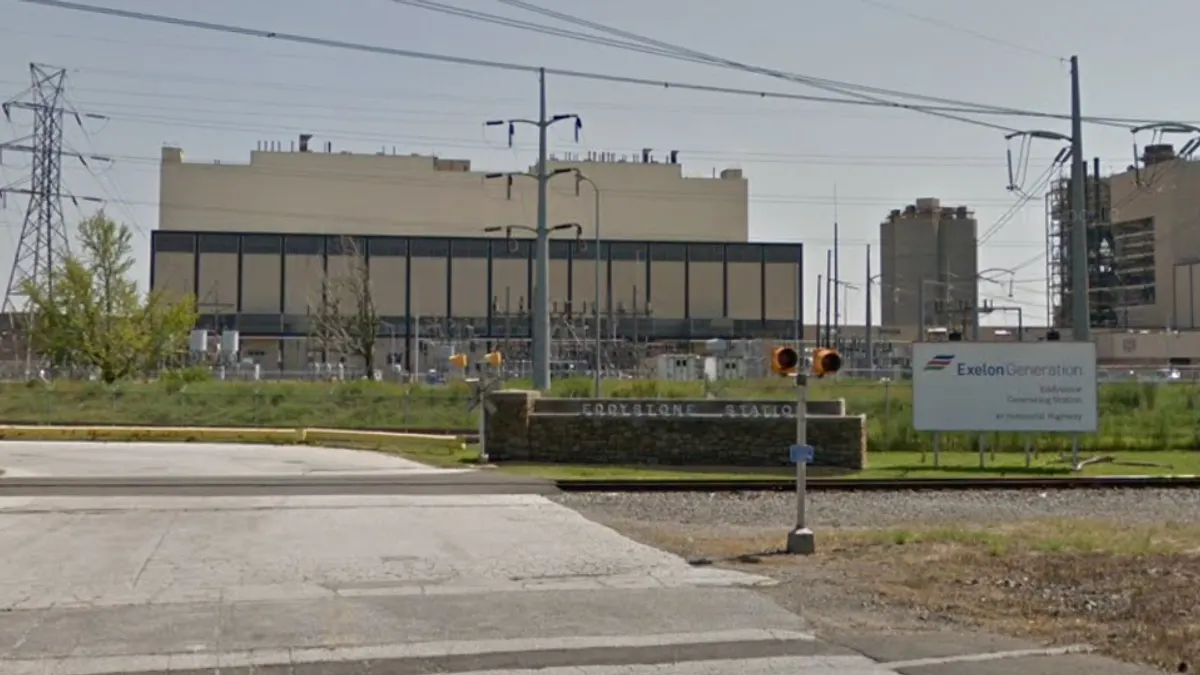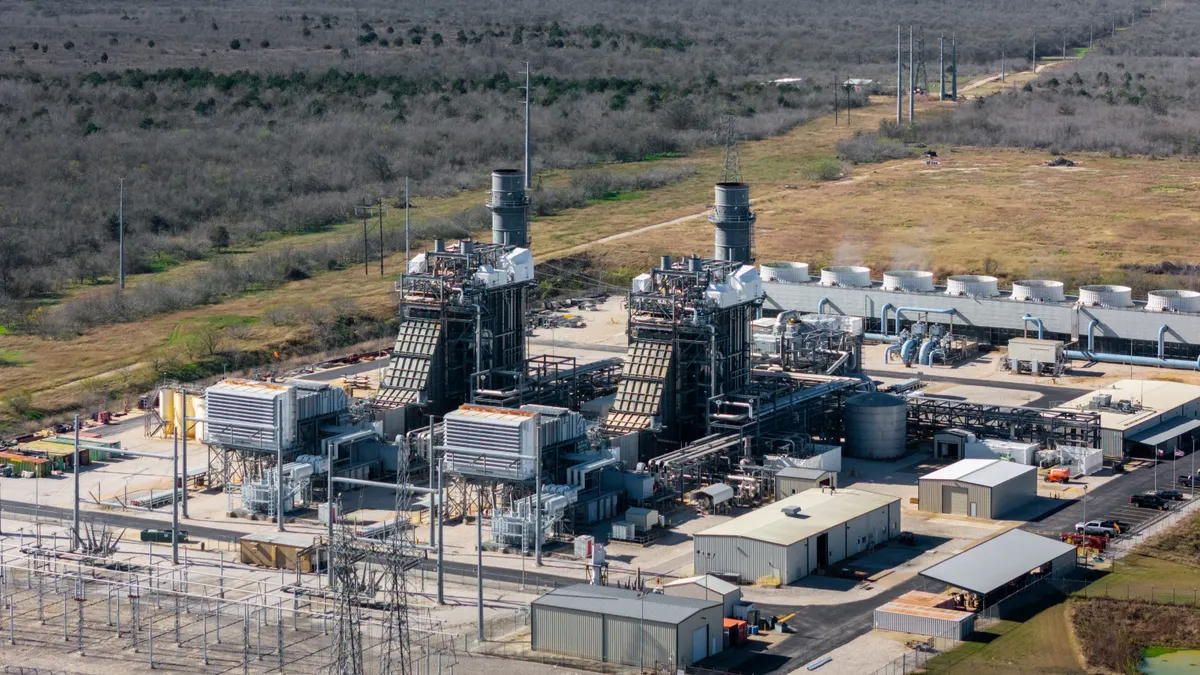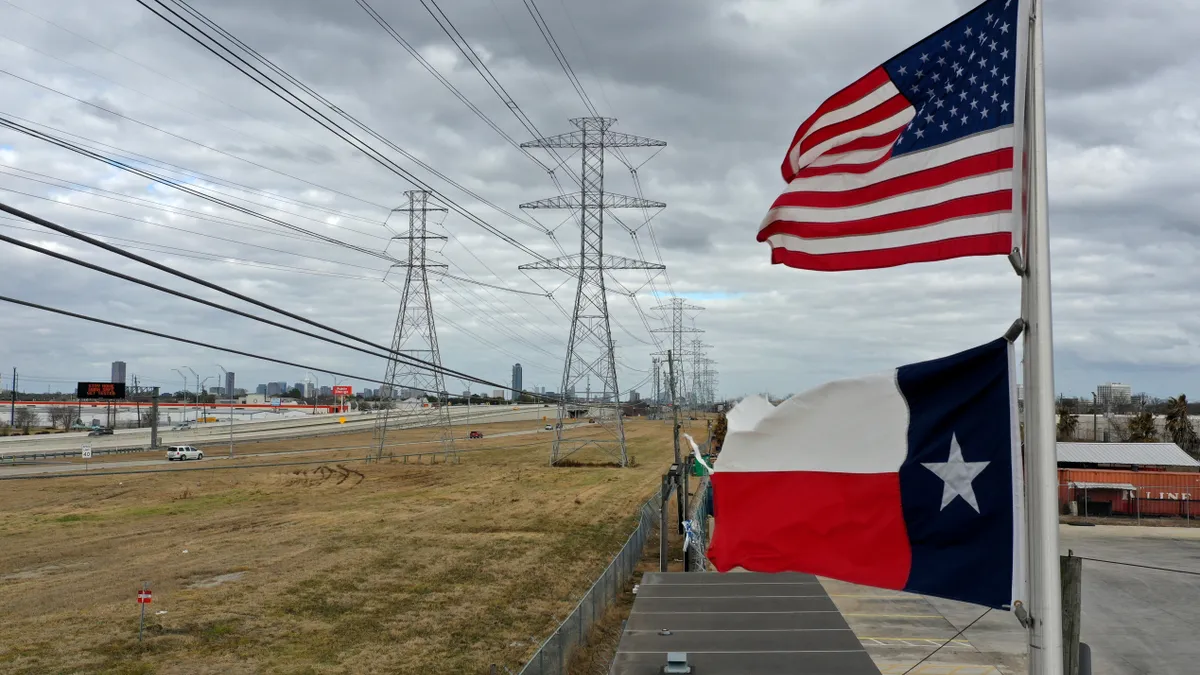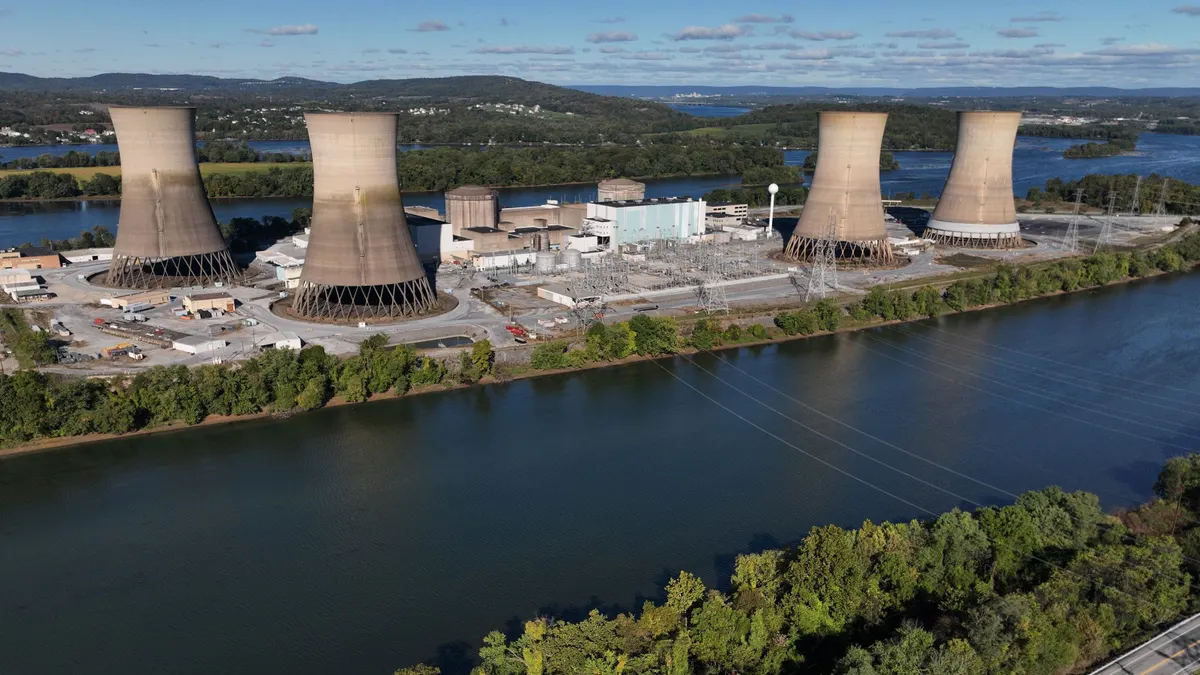What will happen if the federal investment tax credit (ITC) so many solar developers depend on isn't extended?
“If the investment tax credit is not extended, we see it as a disruption, not a death for the industry,” said Maddy Yozwiak, U.S. Power and RECs analyst and co-author of the recently-released report, “How extending the investment tax credit would affect US solar build,” from Bloomberg New Energy Finance (BNEF).
“It will be a disruption that will take years to recover from, but the recovery is there. Long-term costs continue to improve,” Yozwiak added. “That doesn’t go away, even without the ITC.”
For now, the ITC is a 30% tax credit, but that is slated to change at the end of 2016, when it would drop to 10% for business investments in solar, and nothing for residential solar projects.
With that policy change, BNEF calculated that the US can expect about 73 GW of solar PV to come online by year-end 2022. Build rates will fall from "an average of 8 GW per year from 2014-16 to 6 GW per year from 2017-22.”
The solar industry is lobbying hard for a five-year extension of the 30% business and personal ITC. If congress puts it in place by mid-2016, that would boost average build rates to about 10 GW per year from 2017-2022, the analysis concluded, amounting to an installed capacity of over 95 GW.
Given the success of the ITC and the value of solar, Yozwiak said, the real question "is whether it is worth causing the change after 2016, and having disruption at the scale we forecast it.”
Standard Solar CEO Tony Clifford agreed.
“There are going to be changes in 2017, likely very dramatic changes,” Clifford said. “But we shouldn’t spend time arguing about how big this cliff will be. We should be working to make sure we don’t go over it.”
The meaning of the installed capacity numbers
Using the BNEF data, the Solar Energy Industries Association (SEIA) calculated that the solar industry would generate enough electricity to power 19 million homes while accounting for 3.5% of U.S. electricity generation if the ITC is extended. Solar would offset 100 million metric tons of carbon dioxide (CO2) emissions annually — the equivalent of shuttering 26 coal plants or taking 20 million cars off the roads.
SEIA also used the BNEF data and statistical modeling developed by National Renewable Energy Lab researchers to project ITC job impacts. Failure to extend the ITC would cost 80,000 solar jobs and 20,000 related jobs in 2017, SEIA concluded. In contrast, an extension would add 61,000 solar jobs in 2017 and 58,000 more jobs in 2021. And the extension would pad solar industry employment 32% between 2016 and 2022.
Other assessments have been equally foreboding, Clifford said. The U.S. Energy Information Administration predicts a significant decrease in the growth of utility-scale installs and in distributed generation between 2016 and 2017.
And a Stanford Business School assessment of leading state markets concluded price reductions over the next eighteen months wouldn't sufficiently compensate for the ITC loss. Aside from California’s commercial-industrial segment, solar would be “distinctly uncompetitive” without the ITC, Clifford added.
The BNEF forecast also echoes the most recent U.S. Solar Market Insight report from GTM Research and SEIA. It foresees “an unprecedented boom in solar installations” through the end of 2016, driven by improving project economics, continued low interest rates, a secure 30% ITC and a rush to complete projects ahead of its sunset.
If the ITC is not extended, researchers expect uncertainty to weigh down the market for the rest of the decade. Most “macro factors” identified by the researchers, except a continued drop in installed costs, promise diminished growth. BNEF also finds uncertainty problematic.
“We view summer 2016 as the latest deadline needed for an extension to significantly affect developers’ timelines for utility-scale projects," it reports. "The uncertainty alone regarding the policy could force 2016 to look closer to the existing policy case."
But there's good news post-2020. Falling installed costs and Clean Power Plan compliance will drive “a new era of growth for solar” that eventually will put it on “a strong competitive playing field with both retail electricity and alternative sources of wholesale generation.”
Yozwiak concurred with the GTM report's findings.
“Growth would recover to the 2016 growth rate in about two to three years for residential and commercial-industrial systems,” Yozwiak said. But it would have to pick up from a much lower amount of cumulative installs than if the ITC was extended next year.
The point is that the ITC “has done its job,” Standard Solar's Clifford said. Installed costs have dropped 75% since 2008.
“30% of a million dollar project is $300,000, but the cost to the government per unit of energy is a lot less,” he explained. “And the government gets a lot of its spending back in tax revenues. Jobs have gone from 20,000 to 174,000 and are projected to be at 210,000 by the end of 2015. There is no reason the ITC shouldn’t be extended.”
Impact stretches across solar markets
The impact of not having the ITC extended is biggest for utility-scale solar, Yozwiak said.
“Without the artificial deadline, we expect more projects to come online, we expect the build to be smoother, we expect fewer bottlenecks in 2016 as a result of the rush, and we expect second tier developers to have greater access to capital.”
But without the ITC, the BNEF study estimates "total build to hit nearly 26 GW from 2015-22; an extension boosts build to over 36 GW, for an increase of over 10 GW."
Yozwiak said residential and commercial-industrial solar, without a shock to economics, would continue grow uninterrupted by the payback period. Even so, the ITC's dwindling impact wouldn't diminish other natural growth forces such as the lower installed cost and solar's appeal.
About 15.7 GW of new residential capacity from 2015-22 will appear without an extension, quadrupling growth from annual build rates averaging 2 GW per year after 2016, the study reports.
In the commercial-industrial segment, BNEF forecasts 12.9 GW of new capacity from 2015-22, a nearly tripling the amount, while an extension grows installed capacity to 17.8 GW.
With or without the extension: that is the question
The total difference of about 22 GW between the two scenarios is only a little more than all the solar that was installed through 2014, Yozwiak observed. The number reveals how young and fast-growing the solar industry still is.
“The difference between the two scenarios is like losing everything already installed," Yozwiak added.
But there are two ways to see the difference between the policies. Perhaps there's not a significant difference when you compare overall quadruple growth and a five-times growth, but it's striking to think of the loss that the loss of installed capacity from not extending the ITC is equal to everything installed thus far.
Yozwiak was also surprised by how solar’s scale is revealed by its annual growth. The significance of other energy industries is typically assessed by the portion of the energy mix they meet. But the SEIA analysis shows that while the 2016 rate of job growth is fully recovered by 2022, the total number of jobs remains significantly lower than it could have been.
In a third surprise from the data, Yozwiak noted there has been significant growth in unexpected states. “It is a reflection of how national and varied the solar industry can be, and it will make the political discussion about the ITC interesting," she said.
Solar has become a national industry and losing the ITC is not going to stop it, Yozwiak said. “But that does not mean the impact is not significant.”
Utilities take note
While states with big solar markets will lose the most if the ITC is not extended, states with emerging markets may not survive at all because they lack a market pushing them forward Yozwiak said. “If I were a utility, I would think this is important. The message from the data is that there is a lot of solar on the way.”
In states with emerging markets, “smaller utilities might be adding perhaps two to three solar customers per month,” Yozwiak explained. “If there is an ITC, that might become five to ten solar customers per month and, by 2022, that might be hundreds per month. But without the ITC, they might go from five to ten per month back to one to two.”
Without the ITC, marginal markets will disappear, Clifford agreed.
A vital product of the ITC-driven solar expansion is the Edison Electric Institute’s 2013 white paper on disruptive challenges to the sector, Clifford said.
“That gave pro-solar utilities cover and forced neutral or anti-solar utilities to take another look. The utility industry is now taking a serious look.”
Some are making big investments in solar, some are still on the fence, and some are fighting it, he said, but with the ITC’s support, the solar industry has become big enough for utilities to see it's sticking around.
“There are now so many residential solar systems that utilities are realizing their customers want solar and they need to figure out how to deliver it to them,” Clifford said.
Take Standard Solar’s partnership with Dominion Virginia to build what's now considered the biggest solar installation in Virginia, Clifford said.
“It is time for utilities and the solar industry to work things out together instead of fighting each other in legislatures and regulatory proceedings all over the country.”
Opponents of solar are listening more thanks to large amounts of solar building up in their districts. Now they see that solar is working for their constituents, creating jobs and saving money, Clifford said.
“We still have minds to change, there is no question about that, but I am optimistic an extension of the ITC is in the realm of possibility.”
Correction: An earlier version of this post incorrectly stated that Solar Market Insight Report from GTM and SEIA predicted that the ITC would not be extended by a GOP-led congress. The report, while using a number assumptions to build growth forecasts, does not in fact evaluate the likelihood of the ITC being extended.






















